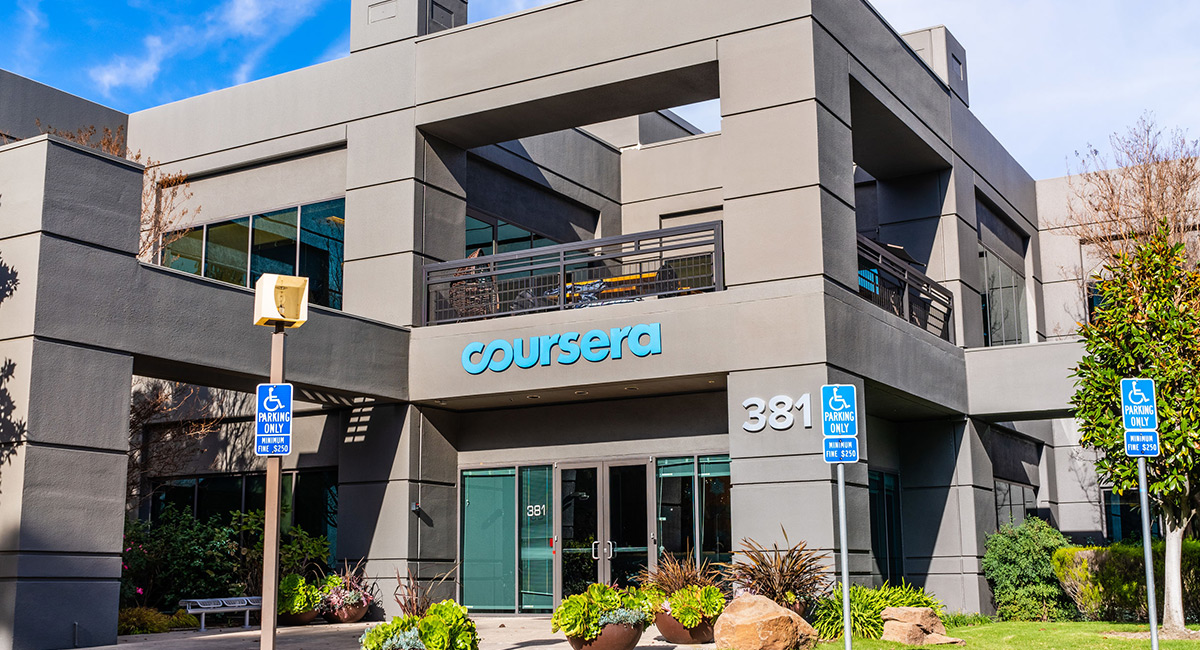When I wrote my first book on American higher education in 2004 (Going Broke By Degree: Why College Costs Too Much), I spoke rather enthusiastically about the then-rapidly growing for-profit higher education sector, suggesting traditional higher education could learn much from it and its attention to efficiency. A few years later, however, Barack Obama became president and his administration declared war on for-profit education, led by administrative zealots like Robert Shireman and legislative leaders like Senators Tom Harkin and Dick Durbin. New rules disadvantaging the sector were implemented and even accreditation became more difficult. Many large schools went bankrupt or converted to not-for-profit status to reduce the regulatory attacks, which eased somewhat during the Trump years. One large operator, Kaplan University, sold its college business for $1 to Purdue University (now Purdue Global). Market leader Apollo Corporation (University of Phoenix) lost lots of enrollment and delisted its stock in 2017 (although it is still in business).
But now there are signs that for-profit higher education is growing again, even flourishing, albeit in a somewhat different form. Consider Coursera, a company started by Stanford professors Andrew Ng and Daphne Koller in 2012, an early innovator of MOOCs, massive open online courses, which many thought would be a new source of low cost higher education but which did not seem to meet its initial hype. But Coursera and some other companies (perhaps most notably, 2U) have seemingly flourished. Today, Coursera has a market capitalization of about $6 billion, while 2U’s approaches $3 billion.
It is a good news, bad news situation for Coursera. The good news is that the company is growing rapidly, a growth pre-dating the pandemic but apparently benefiting from the switch to remote instruction that characterized the American Covid-19 response. Last year, sales rose 59%, continuing a series of pre-Covid gains. The number of students pursuing degrees through Coursera rose more than 60% from the first to the fourth quarter of 2020. The bad news, however, is that the company loses lots of money, and losses actually rose last year (to more than $66 million) as well.
There is some reason, however, for optimism. There are enormous economies of scale in online education, and the company is investing big in product and infrastructure, expecting customers to follow. It worked beautifully for Amazon, so why can’t it work for Coursera or other educational innovators? The assumption is that as online education becomes more acceptable and common, more people will want credentialing of competency at a relatively low cost (some courses cost only $39 a month, well below prices charged by traditional not-for-profit colleges and universities) .
Some providers, notably 2U, have pivoted away from mainly offering traditional college courses for degrees toward alternative certificates in specific skills, requiring fewer years of study and costing less—but still offering a path to skilled relatively high paying employment. Coursera now has more than 4,000 courses that can be completed in two months or less. A number of smaller companies have successfully done this sort of specialized education with coding academies. News reports suggest that at Coursera, a healthy (perhaps one-fourth) portion of revenues now comes from hundreds of companies who want Coursera to help provide skill training for employees—do what they feel universities fail to do. It now has more than 4,000 courses that can be successfully completed in a couple of months. Degrees are losing their monopoly as a means of certifying skill competency, and companies are becoming more involved in pre-workplace training.
Still, the stock market is at a historic high that may not be sustainable, and the surge in on-line instruction may wither with an end to the pandemic. Moreover, going to college is also about things other than getting jobs. For many, college is a 4-5 year gap period between secondary school and life, incorporating some learning and skill acquisition, but also involving making lifelong friends (sometimes including spouses), having fun, and transitioning from adolescence to adulthood in an enjoyable manner. At age 50, my guess is current students at traditional universities will look back at their college years with great fondness, something less likely for those studying by computer via 2U or similar companies.













